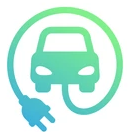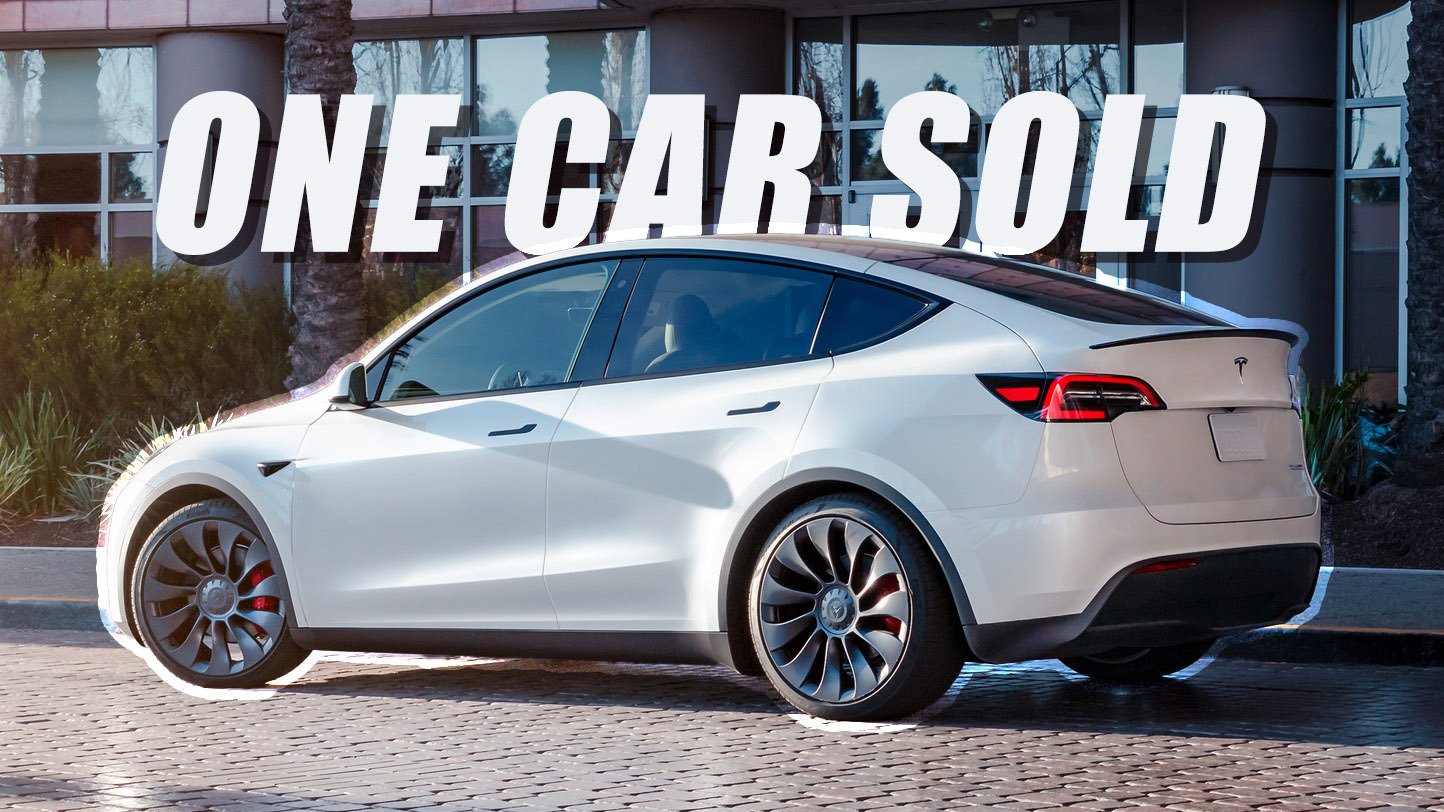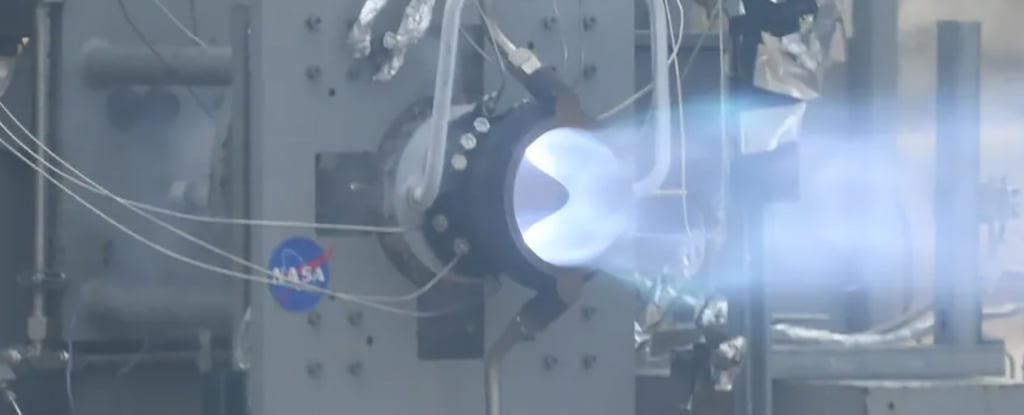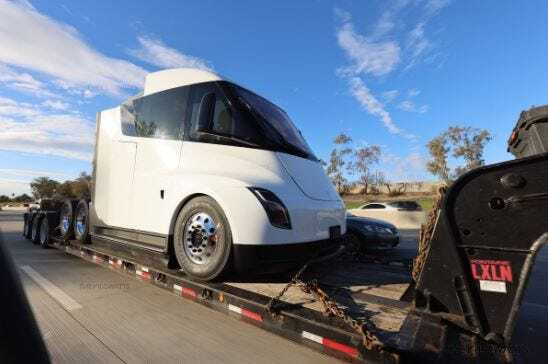Hypx
- 16 Posts
- 185 Comments

 12·2 years ago
12·2 years agoIt could mirror the economic stagnation of Japan that begun in the 1990s. Very similar set of circumstances.

 2·2 years ago
2·2 years agoYes, that’s the point. It’s far beyond the actual city of Tokyo in terms of construction difficulty and scale. But it doesn’t need any new technologies to be invented to be doable. Just the ability to build on that scale.

 2·2 years ago
2·2 years agoThis is sci-fi stuff. No one is seriously saying we could build this anytime soon. It will require a radical advancement in space travel capability. But the interesting part of this is that it doesn’t any new technology. It needs only the technology that we currently have, just scaled up massively.
As it is an O’Neill cylinder, the raw material needs will be truly huge. We’re literally building a city on the scale of Tokyo but in space. So we are just assuming that someday, we can move around that amount of stuff in space.

 5·2 years ago
5·2 years agoThe cheapest materials would be what can be acquired in space without having to launch from Earth. As a result, you’re going to want to build your O’Neill cylinder out of some combination of iron, aluminum, titanium, and silicon dioxide.
The last of which might be particularly useful, as it is the main ingredient of fiberglass while also being the most common substance on Moon and asteroids. As a result, you probably want to build your cylinder primarily out of fiberglass. You can get pretty decently sized cylinders, as fiberglass has a higher strength-to-weight ratio than steel. Apparently, 24km diameter is a viable figure. Scale up length the same way, and you’ll get 96km. So a 24km x 96km O’Neill cylinder made out of fiberglass.
That would be about 7238 km^2 of usable surface area. Half that to 3619 km^2 to make room for windows (as originally envisioned by O’Neill), and assuming a density comparable to New York City (about 11,300 people/km^2), you’ll get around 40 million people. Or about the population of Tokyo.
That’s seems plenty for any sensible space colonization strategy we might adopt in the future. And what’s best is that you don’t really need any fancy technology. Just use solar power to power mass drivers and deliver raw materials from the moon or asteroid via electricity. And it won’t be any special materials either. Raw regolith can be made into fiberglass, so cost can be kept surprisingly low. The only question is scaling it all up, which may unfortunately be too expensive or will take a very long time to happen. Ultimately, this is still sci-fi, albeit on the hard side of it, since no fancy new technology is require.

 51·2 years ago
51·2 years agoYou’re better off spending it on stuff like mass transit and the like. It won’t just all disappear at some point in the future.

 62·2 years ago
62·2 years agoYou won’t be saying that once the market crashes. You’ll realize that there are much better ways of spending that money. Like far more practical emissions reducing solutions.

 123·2 years ago
123·2 years agoNot really. It’s mainly about gaining market dominance on a technology they think is the future. They’ll build them right next to the massive coal plant alongside a million other things they’re subsidizing.

 168·2 years ago
168·2 years agoIt’s the result of massive subsidies. When they stop, this market will crash like a house of cards.
IOW, this is right-wing propaganda. And given her skin-color, you can add racism to that mix too.

 31·2 years ago
31·2 years agoBlogs are a good idea. We should go back to them instead of being dependent on social media.

 12·2 years ago
12·2 years agoThat’s just BS. The longevity of everything is comparable to that of natural gas related equipment. It will be much cheaper than massively expanding the grid and build batteries for everything. Not to mention that you can reuse much of the natural gas infrastructure.
Green hydrogen is growing exponentially in the same way wind and solar grew. The upside of something that isn’t dependent on finite fossil fuels. It will eventually be available in vast quantities and at a very low price.

 1·2 years ago
1·2 years agoAt the end of the day, you are just turning sunlight/wind and water into a fuel. The marginal cost is nearly zero. Which is why the development trajectory will be the same as the rise of wind and solar energy. Both of those ideas also had nearly zero marginal cost. As a result, you can expect hydrogen fuel to be extreme cheap and basically inexhaustible. That is a major advantage and there is nothing batteries can ever do to match that.
I wonder if you are projecting here: Hydrogen, not batteries, have many more applications. You can’t even make the steel used to make a car without a reducing agent like hydrogen. Same is true of the metals in the battery itself. So if we want to hit zero emissions for real, hydrogen is mandatory, but batteries are not. In fact, BEVs are totally dependent on green hydrogen to real reach zero emissions. Everything from industry to long-duration energy storage all requires hydrogen. You can skip BEVs altogether but you cannot avoid hydrogen.

 1·2 years ago
1·2 years agoThose are wildly exaggerated. The main limitation is that society hasn’t invested enough in hydrogen infrastructure. At least not yet. The problems would quickly go away if we did.
You also forget that we’ve poured many billions of dollars into electrification and battery production. That amount of investment would have solved a lot of those limitations.
As green hydrogen is made from water, there is basically no battery chemistry that can rival it in terms of availability. It is basically the best energy storage mechanism of this type already. Saying that batteries can get better is just misdirection. Also, you can have plug-in hydrogen cars too. The natural path is probably hybrids -> PHEVs -> plug-in FCEVs. Pure BEVs are in many ways a side-trip.

 11·2 years ago
11·2 years agoYou mean from 20% to 80% charge? Which is realistically only 150 miles of gained range, and that’s assuming everything is working at full power. The alternative gives you 0-100% in 5 minutes consistently. And best of all, it can be scaled up to trucks and above without suddenly realizing you need megawatts of power per station.
In reality, the charging solution is much harder. We’ve just normalized the idea of using electricity to charge things when it is actually a bigger challenge than dealing with fuels.

 11·2 years ago
11·2 years agoOne refueling station can serve thousands of customers, but a charging station needs multiple hours to charge each car. So you need far fewer gas stations. This is why the economics of gas stations worked out in the first place. Before, people bought tanks of gasoline and refueled at home. The gas station model was cheaper.

 11·2 years ago
11·2 years agoNot everyone can recharge at home. Hydrogen have all of the same advantages except recharging at home (and even this is a “kinda”, because home refueling is possible, and plug-in cars exist).
The problem is that we are hitting the limits of the BEV, and no amount of handwaving is going to make the problems go away. This mirrors the push for ethanol powered cars, and sudden realization that we cannot grow enough corn to make it happen. And fantasies about how China or whatever solving the problems is just a repeat of cellulosic ethanol, which was suppose to magically solve the problems of ethanol production.

 11·2 years ago
11·2 years agoAgain, not everyone can do this. You will have to have public chargers. Plus fast charging for long distance driving. This will still require millions of charging stations, far more than any technology that allows you to refuel.

 11·2 years ago
11·2 years agoThat’s the point: If you can refuel instead of recharge, you don’t need that many stations. The number of hydrogen stations would be the same as the number of gas stations. And you have it backwards: You need vastly more charging stations than refueling stations. The US has something like 150k stations, and it’s not even close to being enough.

 11·2 years ago
11·2 years agoThen you are just being old and outdated. It is totally safe.


















Then you’ll have to deal with Lunar gravity, which may be unacceptable for long durations. Humans may have to live in giant space stations if we want to live in space. And since they can be truly massive, it may be more desirable than what some might think.